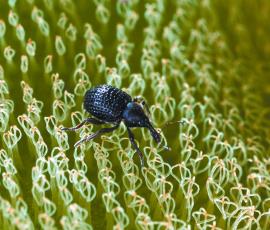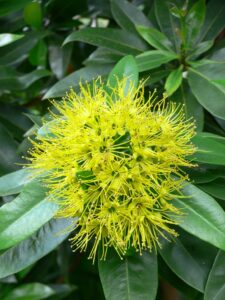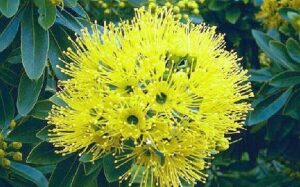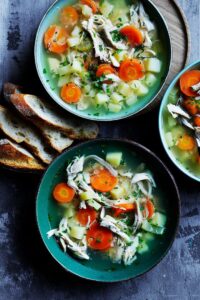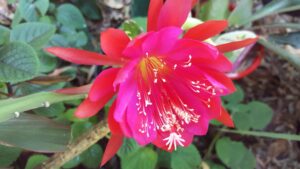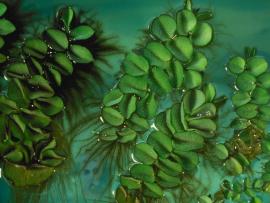
This South American perennial free floating aquatic fern with slender stems, floating leaves and a root-like structure forms dense mats with multi-branched horizontal stems. Individual plants are 5-30cm long and invade still or slow-moving water bodies.
Salvinia has the potential to spread to much of Australia and is regarded as a very serious threat to waterways and irrigation areas because it:
- disrupts aquatic ecosystems, seriously affecting native animals and plant life;
- decreases the quality of water by causing odours, accumulation of organic matter and stagnation of streams;
- degrades the aesthetic value of waterways;
- reduces or prevents the use of waterways for recreation and transport;
- interferes with the functioning of river control structures, especially during flooding.
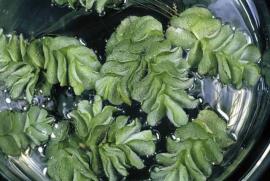
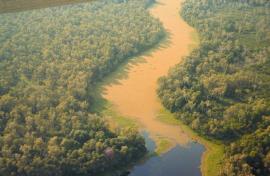
The main infestations of salvinia are found in coastal streams from Cairns in North Queensland to the South coast of New South Wales. Although infestations have also been recorded near Perth, Darwin, Melbourne and Adelaide. To date, only isolated infestations have been recorded on inland waterways. In NSW, salvinia is common in the Tweed, Richmond, Clarence and Macleay catchments, the central coast and metropolitan areas.
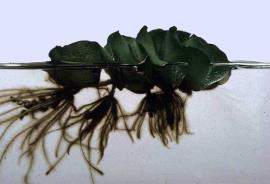
- by breaking into daughter plants; and
- by the separation of young growth through death or damage of the parent material connecting these sections.
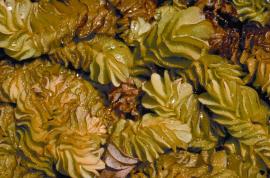
Salvinia is a weed of still and slow flowing fresh water and it is very adaptable and will survive in many climates, although low temperatures will reduce its growth somewhat. It can withstand the odd frost but persistently low temperatures will kill the exposed portions of the plants. Where a thick mat of weed is present and there is enough protection from frosts regeneration can occur successfully.
Salvinia seems to thrive in warm, nutrient rich water. Under these circumstances it can double its mass in just two days! It will not, however survive in sea water.
An ant-sized weevil is playing a vital role in helping control salvinia in our part of the world – the north coast of NSW. The salvinia weevil (Cyrtobagous alviniae) is originally from south-eastern Brazil and was introduced into Australia by the CSIRO in 1980 to combat this weed. These weevils were first released into Lake Moondarra, near Mount Isa and in less than 12 months destroyed an estimated 30,000 tonnes of weed to clear the 800 hectare lake!
